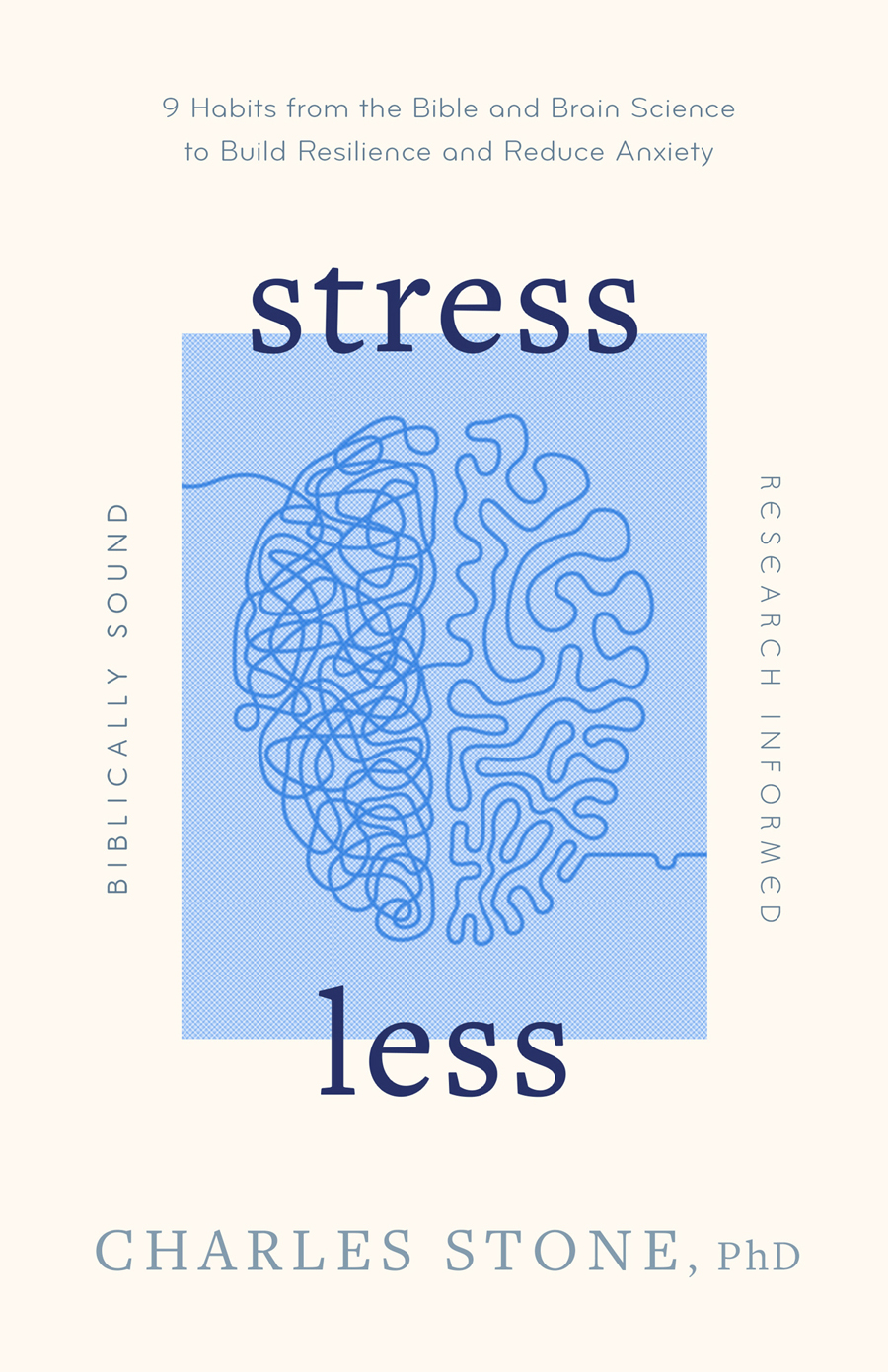In my previous post I explained how two basic systems operate in a leader’s brain. In today’s post I give an example to illustrate how this process might work in real life. Here’s an excerpt, however, to bring you up to speed.
“The brain’s overall operational process incorporates two sub-processes: the X-system, from the ‘x’ in the word reflexive and the C-system, from the ‘c’ in the word reflective (Lieberman, 2006). The X-system engages the parts of the brain that act spontaneously and impulsively (our emotional centers, the low road). The C-system engages parts of the brain that act with intention and think before acting, our thinking center (the prefrontal cortex, the high road route). This system also helps regulate emotional reactivity.”
Let’s say I’m hiking in the woods and I see what I think is a snake I’m about to step on. My short route response, called the low road (Foley, 2003) quickly shuttles information to my emotional center (limbic system) and then to my peripheral nervous system. Among many body responses, the peripheral nervous system increases blood flow and respiration and instantaneously directs the muscles in my foot to avoid stepping on the snake. It helps me quickly respond to the perceived danger.
At the same time the long route process (the high road) sends that signal to my sensory cortex and then to my thinking center. It then recruits the brain’s memory center, to check for any data about snakes already stored in the brain’s memory. It then sends its assessment back to the emotional center. Because my emotional center processed this as a snake, my body has already instantaneously reacted to direct me to plant my foot in a different place, any place but on the snake.
However, as my thinking center assesses the situation it compares it to maps already in the brain about a snake’s color, size, movement, and so on. In relative terms it’s slower than the low road, but only a fraction of a second slower. It may determine that the rattlesnake was simply a coiled vine that my emotional center interpreted as a snake. As a result, it begins to down-regulate my emotions and my body’s response. I now don’t have to worry because vines don’t bite. Although my body is still tensed and my heart rate has jumped, my thinking center now tells my body it can calm down and not be alarmed. In diagram form it looks like this.

This same process can happen in a meeting with your board. Someone may say something that immediately feels like a threat (the low road, the X-system). But as your thinking center assesses what he says it helps you realize that his words don’t truly present a threat. So instead of internally stiffening up in fear or verbally reacting in defense, your brain can help you calm down (the high road, the C-system) so that you can stay fully engaged in the conversation. The key is to pay attention to these internal signals. The low road provides the quick response, needed at times, and the high road response, although slower, more accurately assesses the situation.
This same process occurs with any intense emotion. Your brain will act the same way if you unexpectedly bump into Tom Cruise or Gwyneth Paltrow at the grocery store or even meeting someone you don’t know someone at a party. As with seeing a snake, your heartbeat will jump, your respiration will increase, and your blood pressure will rise. You brain’s emotional center will initiate the stress response even if our ‘survival’ is not threatened, although not looking dumb in front of Tom might qualify as a survival situation.
In my 33 plus years in ministry leadership I’ve sometimes taken the low road and reacted in anger to a staff person, become defensive at someone’s critical comment, or acted like a jerk in the heat of the moment. In those cases, my brain’s X-system overrode its C-system and I gave in to my emotions. I didn’t wait long enough for my thinking brain to inform my actions so that I could respond in a Spirit-directed way.
When the X-system gets overloaded, two processes occur that can suppress the C-system: hormones enter our blood stream and neurotransmitters flood our brain. When that happens we can respond in these ways.
- Emotional accelerators can diminish our impulse control.
- The reactive parts of our brain can take over and we can become defensive.
- Objectivity can diminish.
- We don’t listen well to others because our brains can’t concentrate on other’s viewpoints without prematurely framing our own responses.
And the writer of Proverb speaks to what happens when we act impulsively rather than respond thoughtfully. (NIV)
- It is not good to have zeal without knowledge, nor to be hasty and miss the way. (19.2)
- It is a trap for a man to dedicate something rashly and only later to consider his vows. (20.25)
- There is more hope for a fool than for someone who speaks without thinking. (29.20)
What indicators in people you’ve been around evidence that their X-system overruled their C-system? What does the X-system look like in leaders?
“I just learned how two systems in our brain affect how we act and lead.” (tweet this quote by clicking here)
Related post:
References:
Foley, D. (2003) Emotions and the Brain: Fear. Science. Available from: [Accessed 7 March 2013].
Lieberman, M.D. (2006) Social Cognitive Neuroscience: A Review of Core Processes. Annu. Rev. Psychol., (58), pp.259-89.


